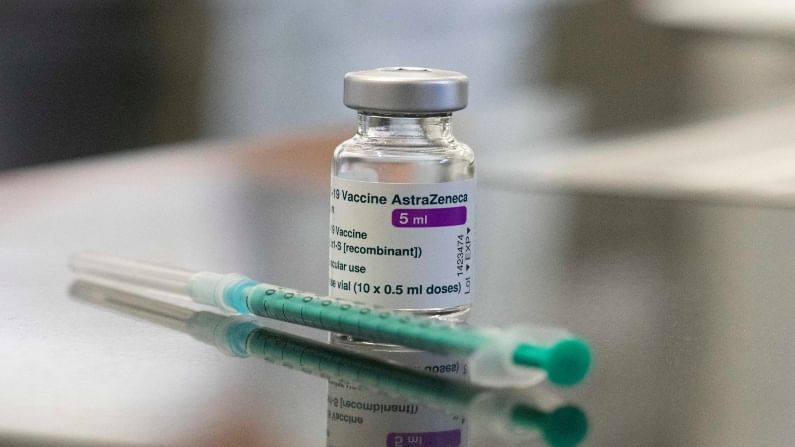Faster vaccination, and not lockdowns, is what India's economy needs
It is abundantly evident that the ongoing vaccination drive needs to be expanded rapidly to inoculate India’s economy

The first two months of the current calendar year have delivered a bit of a warning shot on the economic front, while the ongoing month has bought back the sceptre of lockdowns due to rising coronavirus cases.
Clubbed as a quarter, the months of January, February and March (the fourth quarter of fiscal 2020-21) are showing how tenuous the economic recovery in India is proving to be.
Data for the month of January this year reveals that the index of industrial production (IIP) declined 1.6% over the same period last year and was 1% below the previous month of December, implying just one short month of growth on this front.
Meanwhile, the consumer price index (CPI) rose to 5.03% in February, setting off worries about potential inflationary pressures in the economy and how that may impact interest rates set by the monetary policy committee that targets inflation within a 2 to 6% band.
To top off this disappointing data, Maharashtra and Punjab have imposed fresh curbs in specific areas of their states as they battle rising infections. Other parts of India could also see similar restrictions if the trend worsens.
Given this, overall economic growth in the fourth quarter will suffer and would in-turn cast a shadow on full-year gross domestic production (GDP) numbers for fiscal 2020-21.
The data prompted Moody’s Analytics to suggest that January’s sobering industrial production figure suggests India’s economic recovery is not quite as strong as it may appear at first sight.
“Domestic demand has not yet reached pre-pandemic levels, although private final consumption improved considerably over the third quarter of 2020. A sustained rebound in domestic demand will bolster India’s recovery in industrial production, as the nation’s economy relies far more on domestic demand to fuel sales than it does on exports”, it added.
Separately, the inflation trend is causing worries as it comes at a time when the economic recovery is not yet firm and well established. Food and non-food prices have risen in urban India, although food price inflation in rural areas is muted.
Commenting on the data, Suman Chowdhury, chief analytical officer, Acuité Ratings & Research expects the Reserve Bank to calibrate monetary policy.
“The sharp reversal in the CPI inflation trajectory reflects the potential inflationary pressures in the economy. A significant rise in retail fuel prices has led to a significant rise in the transport and communication segment inflation. The sharp drop in food inflation in Jan 2021, which was largely on account of a favourable base (high vegetable prices in Jan 2020) have been partly reversed due to continuing high inflation in edible oil, animal protein and pulses. The CPI data reinforces concerns on a further increase in core inflation amidst the ongoing economic revival. RBI is expected to keep a close eye on the inflation trajectory despite its strong focus on economic revival and suitably calibrate its monetary policy,” he said.
In light of this data and the continuing pandemic, it is abundantly evident that the ongoing vaccination drive needs to be expanded rapidly to inoculate India’s economy.
The numbers support this call for treating the vaccine as a sure shot way to not just safeguard lives, but livelihoods as well.
From age-based eligibility for vaccination priority schedules, it is time the government consider mass vaccination in clusters, particularly those that are witnessing a rising case load, without age or comorbidity restrictions.
The rationale for this argument is simple and can be made via the example of Mumbai, the city that used to never sleep before the virus knocked it into a deep slumber last summer.
Economic necessity means that a large section of its massive workforce has to step out and use its lifeline – crowded local trains –to earn their livelihood. Inevitably, the lifeline is contributing to the spread of the infection.
The people who board these trains come from all age groups and have no other option but to take the risk for their economic survival. Now imagine, if a majority of these commuters are already vaccinated before they go out.
This line of thinking can be extended logically to a point where rapid vaccination scaling up carpet bombs the infection and reduces its prevalence to a level where it does not threaten lives and livelihoods.
(The writer is a senior journalist and public policy commentator. Views expressed are personal. His Twitter handle is @szarabi)